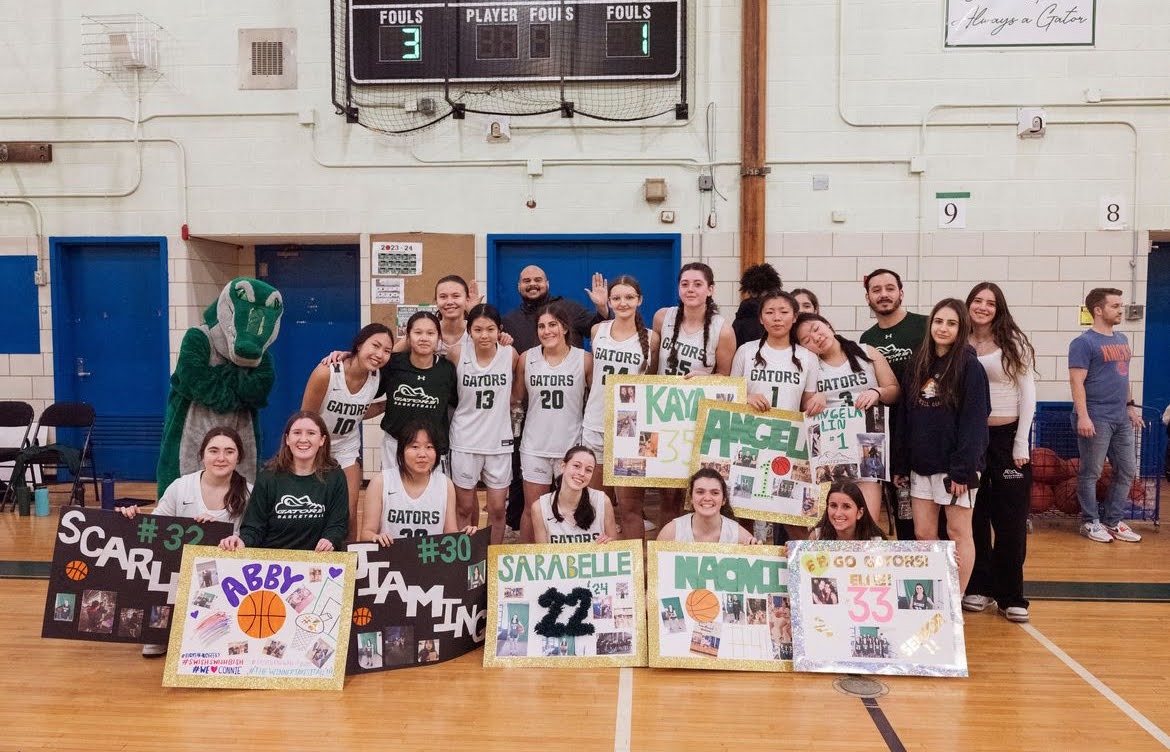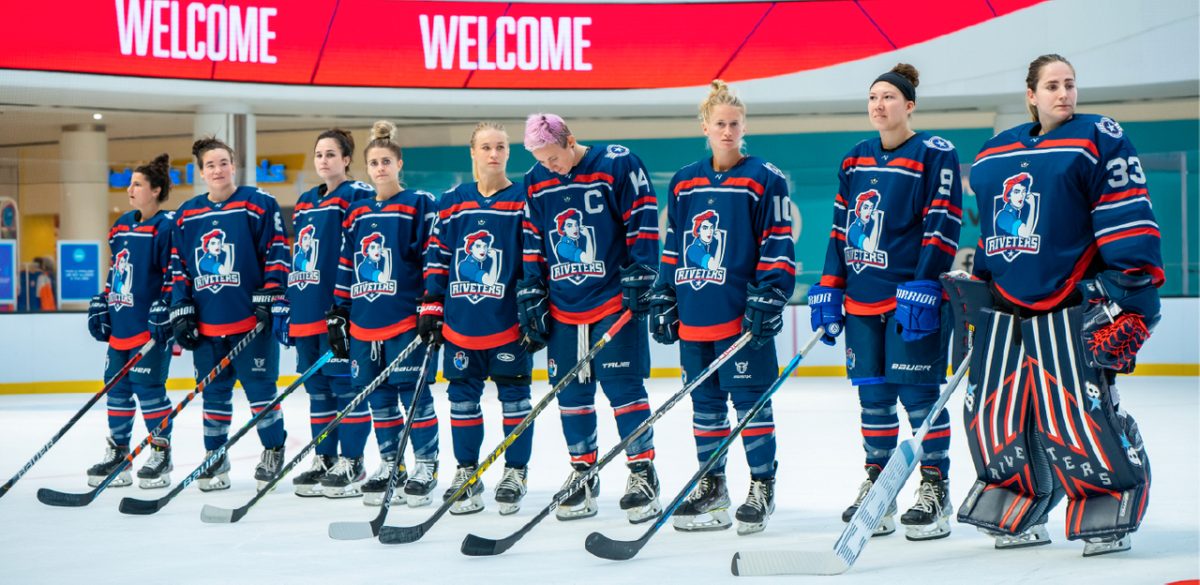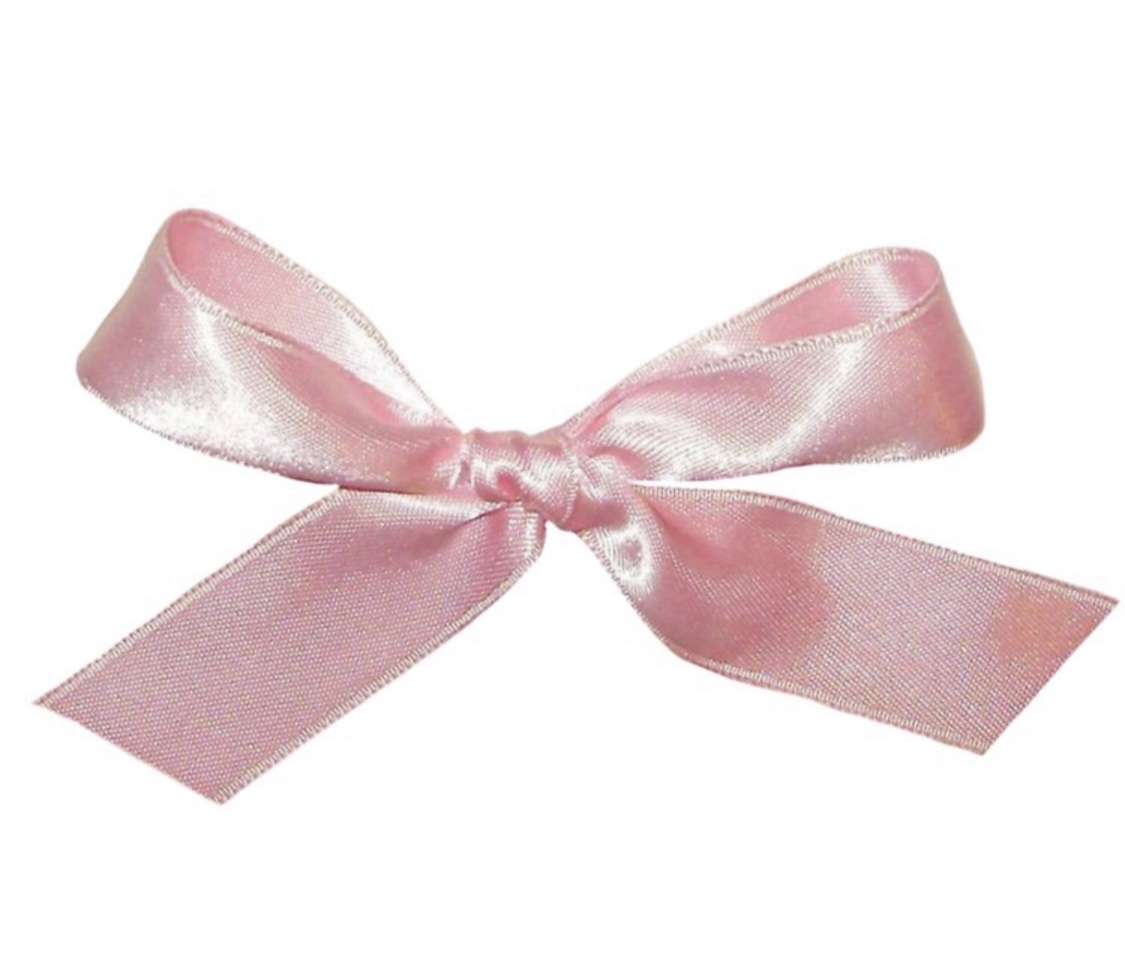The “coquette” lifestyle has taken over the internet. Derived from the French, the word “coquette” described women who flirted with men for pleasure. Now, in the 21st century, “coquette” has many meanings. It has also become an aesthetic in pop culture and mainstream media.
Famous female artists like Lana Del Rey, Nancy Sinatra, and Fiona Apple have generated a new wave of fans conditioned to idealize an ultra feminine style: flirtatious and seductive. Del Rey notoriously captures a glamorous and feminine aura through her music. Old Hollywood and 1950-70s style is used to express her failed relationships with older men and trauma she faces as a woman. TikTok audiences have given De Rey more recognition than ever before, only now, fans have romanticized her persona and the heavy themes in her music.
Film director Sofia Coppola has generated a massive wave of fans searching for the uber feminine portrayal. Her films Marie Antoinette, The Virgin Suicides and Lost in Translation all feature allegories to womanhood.
The psychological drama, The Virgin Suicides tells the story of five sisters living in a affluent suburban neighborhood in Detroit who all kill themselves in the end. The movie is narrated by teenage boys, without highlighting the struggles of womanhood from a female perspective. The sisters all dress very feminine, wearing light pink and white dresses. Catholicism was a fundamental part of their household. Yet on popular social media apps, we see people romanticizing the physical appeal of the film and the horrible tragedy correlating to their deaths. In what way does this symbolize the true meaning of “coquette”?
Similarly, with eating disorders and mental illnesses, young TikTok users now seem to believe being in psychological wards or not eating is cool, and most importantly, characterizing these behaviors as “coquette,” a beautiful tragedy.
Books or movies with age gaps between romantic partners also embody this wave of coquetry. Age gaps have been trending since the tumblr days, but now it is almost seen as desirable for a young girl to get with a man way older than her. People still use this expression to classify this, even though in reality it’s pedophilia.
Adrian Lyne’s 1997 adaptation of the famous novel “Lolita” describes a relationship between a 12 year old girl, and a 37 year old man. To this day there are debates about what the author’s true intent of the novel was. How could Dolores (protagonist), a 12 year old embody a flirtatious, seductive way of thinking? How could such a dark topic become part of this “aesthetic”? With the dedication to dissecting nymphet culture, dressing in Lolita-inspired attire, and appeal in older men, the development of the word has definitely shifted, possibly in the way it shouldn’t have.
This word that was originally used to flaunt and flirt with men, is now being used to categorize controversial takes on popular media. It is almost a response to what the expression’s original intent was, while for some it still may be to gain the admiration of the male gaze, for others it could symbolize the repulsion towards it. Both make sense. In some cases, men like women who have tragedy to them so they can find a way to “fix” them.
So now the question is, is this pushing woman back or forward? As society continues to shift, will the meaning of this word continue to change or rise? As new movies are released, and new music is made will coquette remain the same? How will future generations view this word?




























